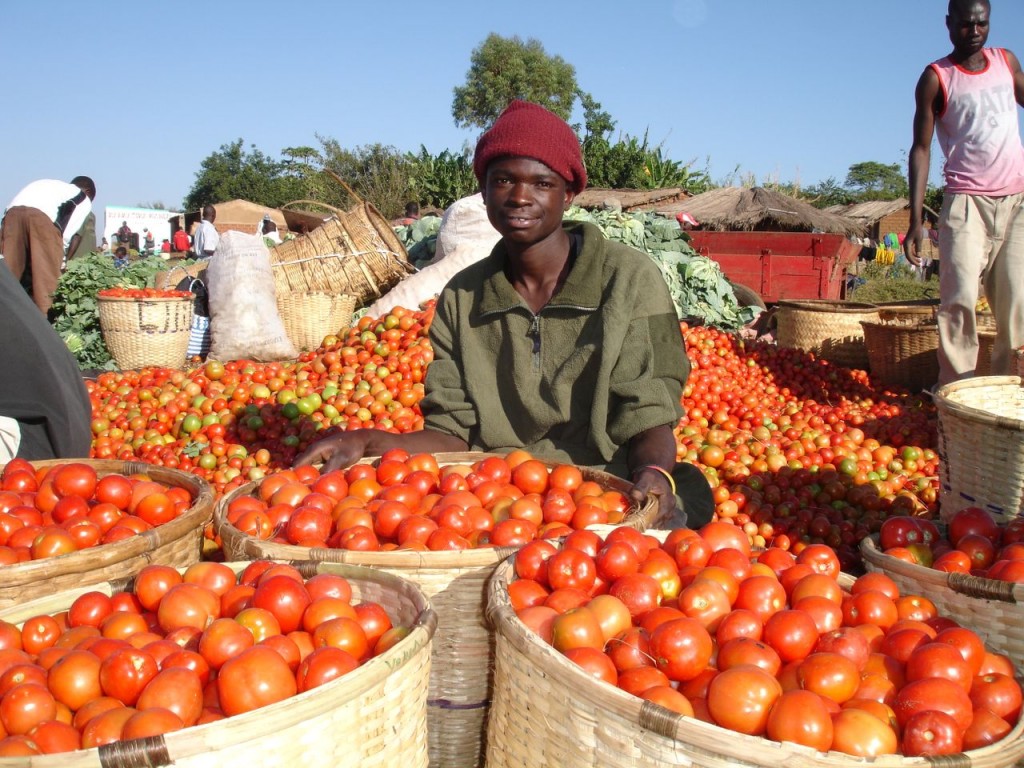Poverty down in select African countries thanks to agricultural growth
BY ALAN GREEN
In a report released Tuesday, September 6, in Nairobi, Kenya, a non-governmental organization named the Alliance for a Green Revolution in Africa, AGRA, states that African countries that have invested in agricultural development over the past decade have enjoyed a higher economic growth and decreased malnutrition.
In the report titled Progress towards an Agricultural Transformation in Sub-Saharan Africa, AGRA’s president, Agnes Kalibata, states that “The last ten years have made a strong case for agriculture as the surest path to producing sustainable economic growth that is felt in all sectors of society—and particularly among poor Africans.” She warns, however, that “The track record is far from perfect,” saying that “Many governments face significant budget constraints and far too many farming families continue to lack basic inputs, like improved seeds or fertilizers. But the evidence is clear. When we invest in our farmers and in all the things they need to succeed, good things happen across the economy.”
This thorough analysis of agricultural development in Africa was a prelude to the high-profile African Green Revolution Forum (AGFR) being held this week in Nairobi, Kenya, that has brought to the East African nation’s capital scores of high-powered officials from around the world, including African heads of state. The gathering carries the potential of bringing in hundreds of millions of dollars for African farmers.
Reduced poverty and malnutrition
Poverty has declined in a number of African countries, including Rwanda, Burkina Faso, Ghana and Ethiopia thanks to agricultural productivity since 2005, the report notes. The organization attributes the progress to the countries’ embrace of the African Union’s Comprehensive African Agriculture Development Programme, CAADP, launched in 2003. CAADP calls for African governments to allocate 10% of their national budgets to agriculture and aim for six percent growth in the agricultural sector. But, to date, the report notes, only 13 African countries have met or surpassed that goal. If others followed suit, the report adds, public funding for agriculture across Africa would rise to a staggering $40 billion, way up from the $12 billion allocated in 2014.
Even countries that didn’t reach the 10% target but did adopt the CAADP early have witnessed a 5.9 to 6.7 rise in productivity on existing farmlands per year, which has led to a 4.3 percent average annual increase on overall GDP. Countries that joined in at a later stage achieved agricultural growth rates ranging from 3 to 5.7 percent, and increase in GDP ranging from 2.4 to 3.5.
By contrast, the report says, states that did not embrace the CAADP recommendation saw farm productivity rise by less than 3 percent a year and GDP increase by only 2.2 percent.
Room for improvement
In an interview with reporters of the Thomson Reuters Foundation, David Ameyaw, head of the monitoring and evaluation and a lead author of the report, said: “Africa is no longer in the dark. It has done a lot towards agricultural transformation in the past decade.” He added, however, that “there is a need to double the effort by 2030 for a meaningful agricultural transformation.”
Decades after most African nations won their political freedom from foreign powers, Agricultural development still faces some challenges on the continent. Low productivity due to limited use of inputs—namely improved seeds and fertilizers—floods or drought.
Officials of the Alliance for a Green Revolution in Africa say that agricultural development in Africa hinges on the right policies and technology transfer in order to increase productivity and apply the right conservation methods. Helping small-scale farmers secure much-needed financing and access to markets are other prerequisites, according to AGRA.



